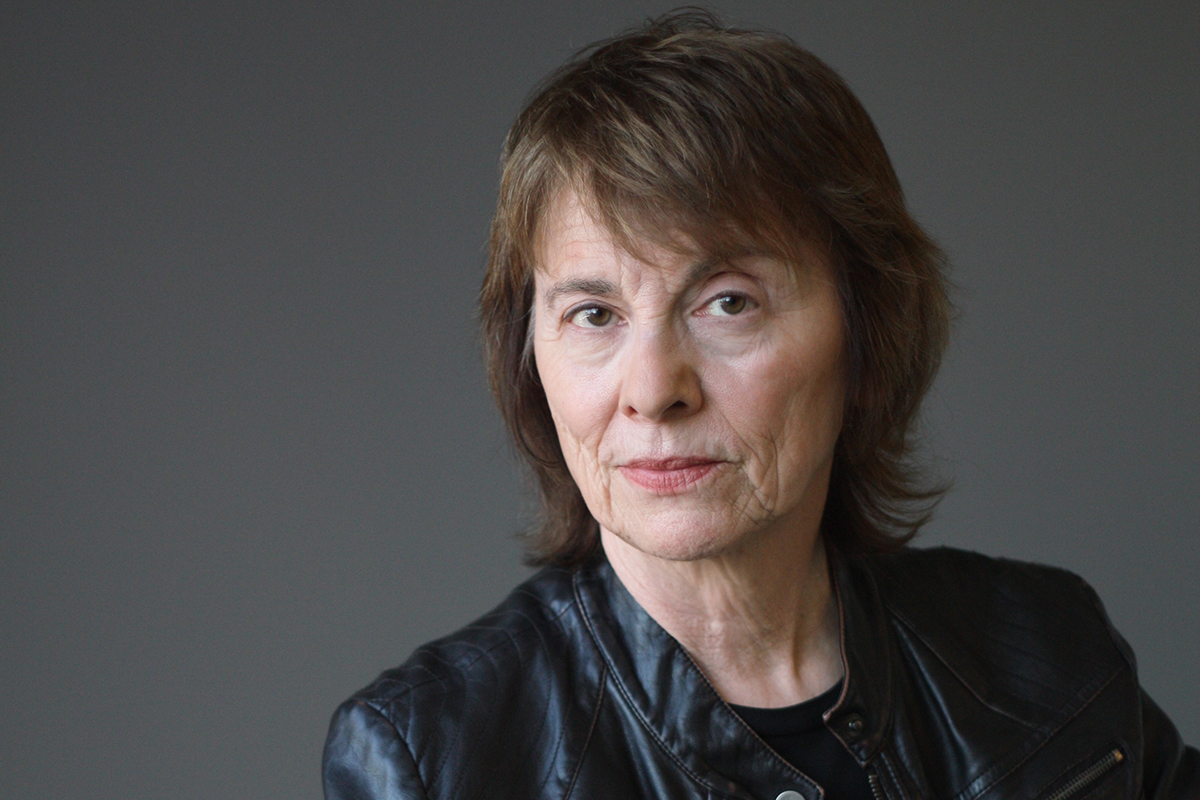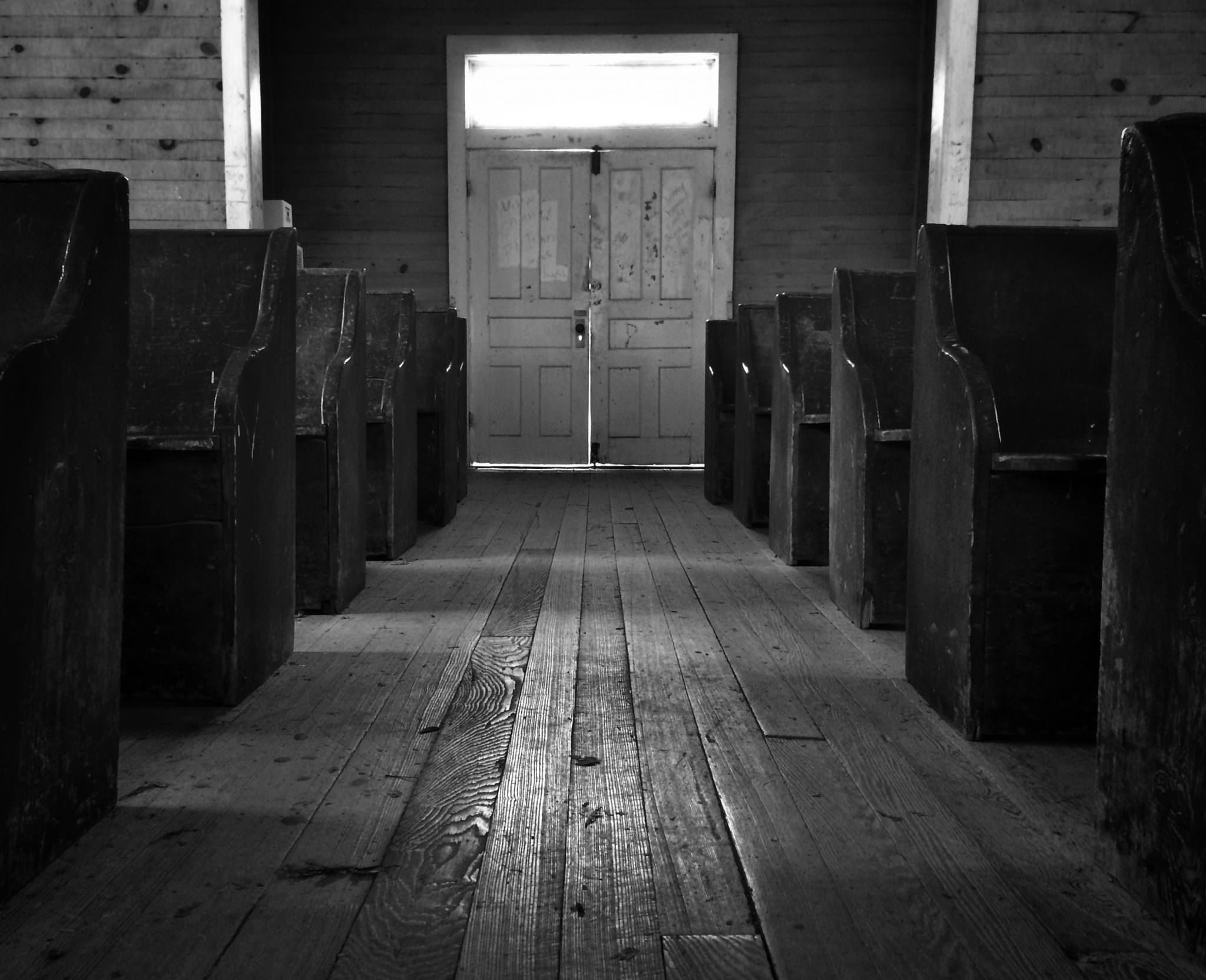Art
Camille Paglia: It’s Time for a New Map of the Gender World
A society that respects neither religion nor art cannot be called a civilization.

I discovered Camille Paglia’s work when I was pursuing my undergraduate arts education at The University of Adelaide, South Australia, in the early 2000s. I was deeply disillusioned with the courses in my arts degree and their monomaniacal focus on social constructionism, and was looking for criticism of Michel Foucault on the internet. I stumbled across a 1991 op-ed written by Paglia for The New York Times, in which she described the followers of Lacan, Derrida and Foucault, as “fossilized reactionaries,” and “the perfect prophets for the weak, anxious academic personality.” I was hooked.
It wasn’t long before I discovered that my university’s library contained each of her books, including the essay collections Vamps and Tramps and Sex, Art and American Culture. For the final year of my arts degree, (before pursuing my studies in psychology) I spent the bulk of my time at the university reading Paglia in the library. She was like a revelation. Her work was subversive but erudite, and she synthesized insights made in the realm of the arts, ancient history and folk biology—something that no other scholar of the humanities had attempted to do. Thirteen years later, it is an honour to be able to interview Camille Paglia for Quillette.
Paglia is an essayist, author, and professor of humanities at the University of the Arts in Philadelphia, where she has taught since 1984. She completed her PhD at Yale under the supervision of Harold Bloom, author of The Western Canon. Her first book, Sexual Personae: Art and Decadence, from Nefertiti to Emily Dickinson, was listed by David Bowie as one of “100 books we should all read.”
Her other books include Break, Blow, Burn, a close-reading of 43 classic poems, and Glittering Images: A Journey Through Art from Egypt to Star Wars. In recent years, her essays have been collected and published in new editions, including Free Women, Free Men: Sex, Gender and Feminism (February 2018) and Provocations: Collected Essays on Art, Feminism, Politics, Sex and Education, which was released by Pantheon in October 2018.
I interviewed Paglia over email for Quillette. What follows is an unedited reproduction of that interview.
* * *
Claire Lehmann: You seem to be one of the only scholars of the humanities who are willing to challenge the post-structuralist status quo. Why have other humanities academics been so spineless in preserving the integrity of their fields?
Camille Paglia: The silence of the academic establishment about the corruption of Western universities by postmodernism and post-structuralism has been an absolute disgrace. First of all, the older generation of true scholars who still ruled the roost when I arrived at the Yale Graduate School in 1968 were not fighters, to begin with. American professors, unlike their British counterparts, had not been schooled in ferocious and satirical debate. They were courtly and genteel, a High Protestant middlebrow style. Voices were hushed, and propriety ruled at the Yale department of English: I once described it as “walking on eggs at the funeral home.”
An ossified New Criticism was then still ascendant. I had been trained in college in that technique of microscopic close analysis of the text, and it remains a marvelous tool for cultural criticism: I have applied it to everything from painting to pop songs. However, my strong view at the time (from my early grounding in archaeology) was that literary criticism had to recover authentic historical consciousness and also to expand toward psychology, which was still considered vulgar. Harold Bloom and Geoffrey Hartman (whose Yale careers had begun amid tinges of anti-Semitism) were moving in a different, more conceptual direction, heavy on European philosophy.

By the early 1970s, when I was writing my doctoral dissertation (Sexual Personae, directed by Bloom), change suddenly arrived from outside: deconstruction was the hot new thing, hastened along by J. Hillis Miller, who left Johns Hopkins for Yale. I thought Derrida and DeMan and the rest of that crew were arrant nonsense from the start, a pedantic diversion from direct engagement with art. About the obsequious Yale welcome given to the pratlings of one continental “star” visitor, I acidly remarked to a fellow grad student sitting next to me, “They’re like high priests murmuring to each other.”






